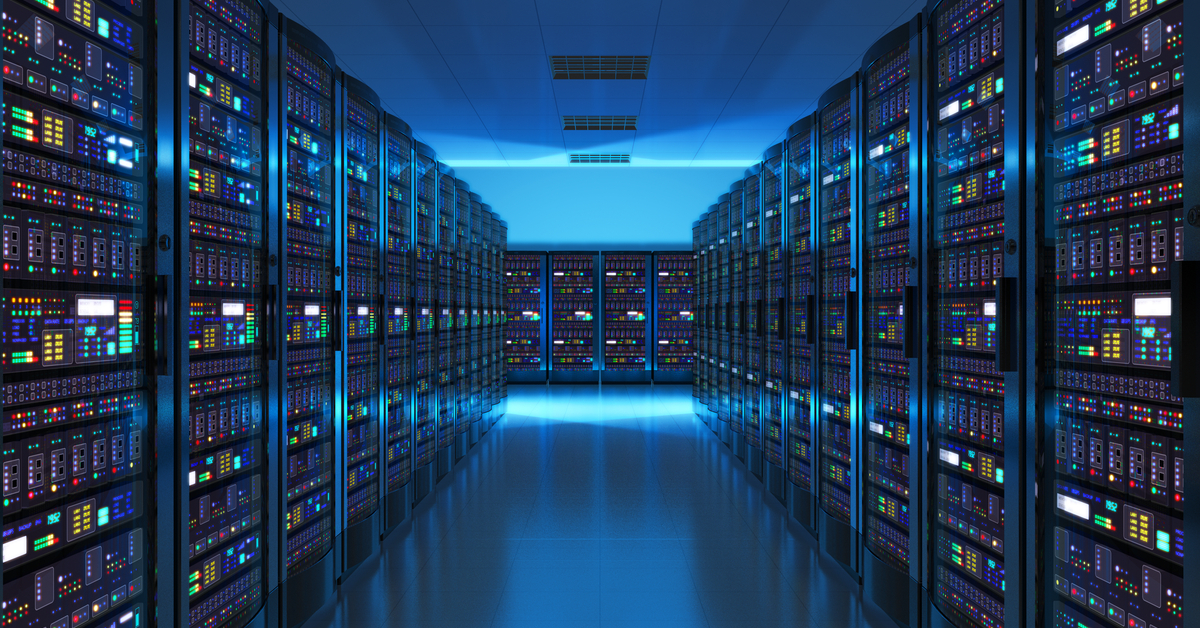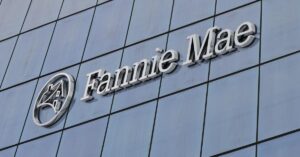With more and more information being shared across the globe daily, it’s no surprise that data centers have become in-demand properties in the commercial real estate (CRE) world. According to a new report from CBRE, investors and operators alike are beginning to expect returns from data center assets that equal those in more traditional CRE sectors, with scarce opportunities for direct investment leading to fierce bidding for the highest quality assets.
Space in wholesale colocation data centers, or “colos” for short, is measured in megawatts (MW) rather than square footage, and data-using tenants continued to gobble up megawattage in prime U.S. colo markets during the first half of the year. Within the country’s seven largest data center markets — Northern Virginia, Dallas, Silicon Valley, Chicago, Phoenix, the New York Tri-State Area and Atlanta — 142.7 MW of positive net absorption was recorded in the first six months of 2021.
That’s 3.4% more than in the first half of 2020, with Northern Virginia, the biggest data center market in the world, accounting for nearly half of net absorption through June. Net absorption in the area was actually down 22.6 MW, but at more than 1,500 MW, Northern Virginia still has more than inventory than the five next largest U.S. markets combined.
That inventory kept growing during the year’s first half, with data center megawattage in the Northern Virginia region increasing 9% in H1. Supply constraints in the country’s primary data center markets, however, are looming; in Northern Virginia and Silicon Valley in particular, new development in other sectors combined with limited power could stymie future colo additions.
That could open up opportunities in the country’s secondary data center markets, which saw net absorption during the first half of 2021 decrease 2.1 MW from H2 2020 and 4.1 MW from H1 2020, according to CBRE. But despite the overall absorption backtrack among secondary markets collectively, many saw strong leasing activity, including Houston, Minneapolis, Austin and San Antonio. As edge computing — data that’s stored and transferred in servers nearer to users, compared to storing data in large, centralized data centers — continues to gain steam, secondary data center markets could benefit handily. CBRE reported that providers are targeting second-tier colo markets such as Minneapolis; Denver; and Columbus, Ohio to meet the growing need as primary market supply tightens.
So what does all this mean from a lending standpoint? Certainly, commercial lenders can expect the inflow of capital to the already competitive sector to persist handily. CBRE reported that investor appetite in data centers rose “notably” from H2 2020 to H1 2021, thanks to the segment’s pandemic resilience and the ongoing growth of e-commerce and both cloud and edge computing. Per CBRE, transaction volume in data centers was actually fairly muted in the first six months of the year, but total 2021 deal volume should exceed last year’s as several unannounced large deals become public and more pending opportunities solidify. In particular, momentum quickened on the major firm acquisition front, headlined by Blackstone shelling out $10 billion for data center provider QTS Realty Trust in a still-pending deal announced in June.
Investors are focused on top-quality data center assets, per CBRE, especially those with strong tenancies with substantial remaining lease terms. Investors are also on the lookout for properties that can scale to meet intensifying data demand, as the obsoletion of older centers that lack the ability is a major driver of the widening price gap between high- and low-quality assets.






